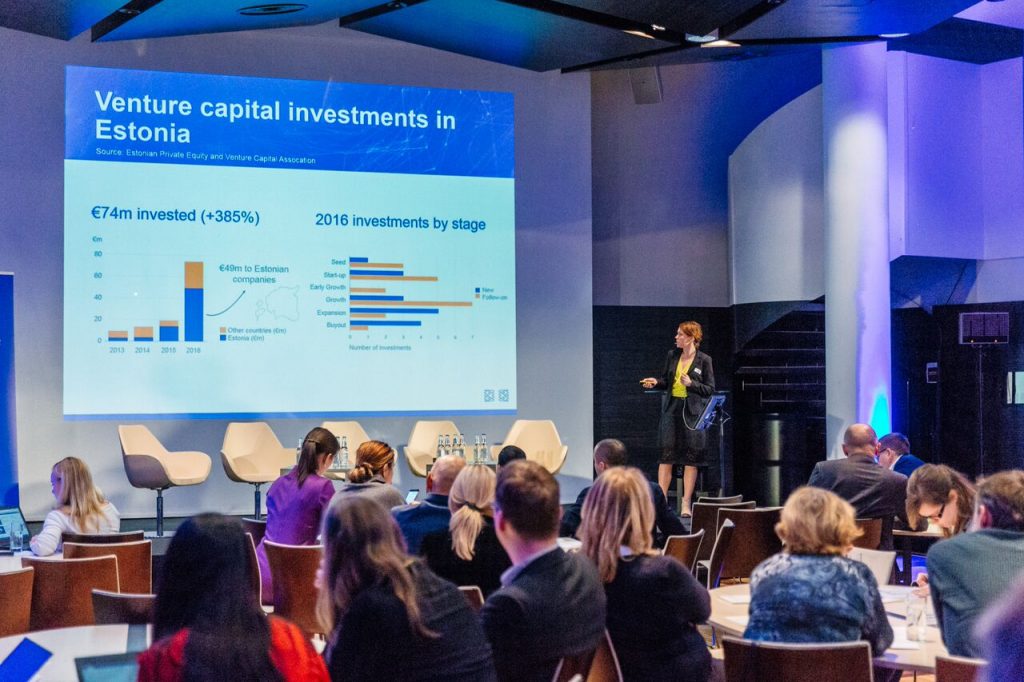Foresight Centre study: international mobility of labour is growing
International mobility of labour is a growing trend in Estonia and in the world, therefore it is reasonable to treat short-term and long-term migration separately in immigration policy, the study on international mobility and labour commissioned by the Foresight Centre shows.

The migration behaviour of workers is more and more characterised by short duration and repeated migrations that, as a rule, do not bring along long-term resettlement. Besides that, more people have started to migrate for lifestyle reasons. “Earlier it was thought that people move to places where it is possible to find suitable well-paid work, but now international mobility may also be an aim in itself. Migration destinations are more and more being chosen according to climate, cost of living, quality of life, local culture and community, especially if we look at talents and digital nomads,” expert of the Foresight Centre Johanna Vallistu, who leads the study on the future of the labour market, pointed out.
According to the study, four international mobile groups of workers can be observed in Estonia: workers posted within the framework of the international business activities of companies; performers of short-term unskilled work (including seasonal workers); skilled workers and top specialists or talents, and digital nomads who do not necessarily have to work for the employers of their countries of location.
“The greatest growth of international mobility during the coming decades can be predicted among the talents, whose mobility is supported by immigration policies, wider labour market trends and also their own motives for migration,” Vallistu said.
Migration is influencing different groups of people – both the young and the old, the people with higher education and less-educated people, the citizens of developed countries and the citizens of developing countries are on the move. “General increase of population, globalisation and the development of technology all contribute to migration, and this means that it is becoming harder for policy makers to manage mobility by economical attraction and repulsion factors, because it is necessary to focus on many other aspects, too,” Vallistu emphasised.
There is an increasing tendency that jobs are moving to where a strong labour force basis already exists. As the foreign labour force attraction centres help create jobs also for local workers, it is becoming more important for states to encourage their emergence. Therefore long-term migration and short-term migration should be treated separately in migration policy, and it should be taken into account that the experience of other countries shows that open migration policy encourages the circulation of people, but closed immigration policy makes immigrants prefer resettling, because the foreign workers cannot be sure whether they will be able to return if they wish it.
In recent years, Estonia has extended the mobility opportunities for the citizens of third countries. The latest large-scale changes were in 2016, when the Aliens Act was amended with several provisions supporting international mobility, but amendments favouring short-time working were made also this year. In 2016, the Police and Border Guard Board registered 1782 cases of short-time working, after the amendments, 7584 cases were registered in 2017, and the forecast for 2018 is more than 10,000.
The progress made in virtual work during this decade has motivated the emergence of digital nomads. Estonia is one of the most progressive countries in attracting short-term immigrants, and Estonia is the first country in the world that is working on creating a digital nomad’s visa.
During the first decade of this century, the number of immigrants with higher education increased by 70% in OECD countries, reaching 27.3 million in 2010. This growth is mainly due to the educated labour force from Asia. The arrival of seasonal workers has also increased rapidly, from 215,000 persons in 2015 to 357,000 persons in 2016 in Europe. The OECD estimated that the total number of posted workers in the European Union was around 1.5 million people, which is nearly 80% more than ten years ago.
This year, the Foresight Centre is carrying out a study on the future of the labour market, with the objective of understanding the developments of the labour market and the contributing factors behind these by developing preliminary studies and scenarios. The study of international mobility and labour migration commissioned within the framework of this project was conducted by Dr Ave Lauren, Coordinator at the European Migration Network. The research project on the future of the labour market will be completed by the end of this year.
Latest news
-
27.06 2025Current low birth rate will lead to up to 1.3 billion euros less tax revenue in the future
In its new short report “The impact of population ageing and low birth rate on long-term state revenue and expenditure”, the Foresight Centre notes that the lower than projected birth rate will reduce government spending on family policy and education, but in the long term, it will mean up to 1.3 billion euros less in tax revenue.

 An independent think tank at the Riigikogu
An independent think tank at the Riigikogu